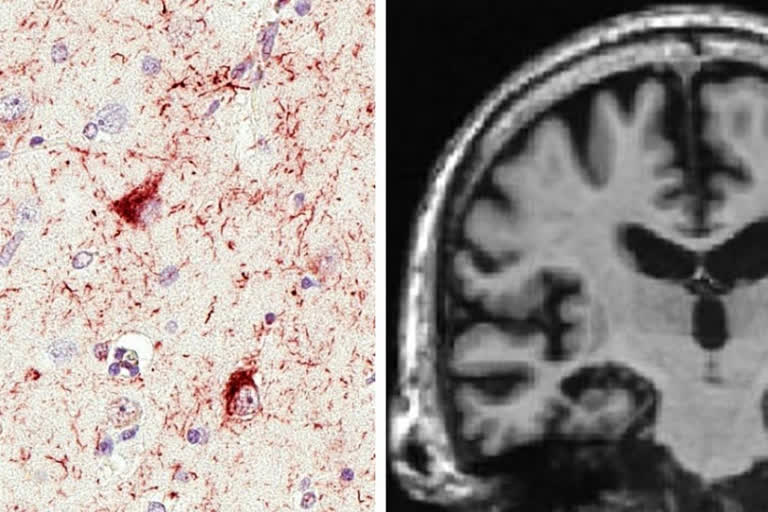California [US]: LATE, also known as Limbic-predominant Age-related TDP-43 Encephalopathy, is a recently identified type of dementia that impairs social, cognitive, and memory abilities. LATE is a separate condition with its own risks and causes, albeit it sometimes coexists with Alzheimer's disease or AD.
In a recent study, published in the journal Alzheimer's & Dementia, researchers at University of California San Diego School of Medicine, with colleagues elsewhere, provide new insights into the pathology of LATE, which could help lead to development of diagnostics for a disease that is currently poorly understood and very difficult to identify in living patients.
Specifically, the researchers, led by senior study author Robert Rissman, PhD, professor of neurosciences at UC San Diego School of Medicine, reported significantly elevated plasma levels of TDP-43, a DNA-binding protein that has previously been associated with other neurodegenerative diseases, such as frontotemporal lobar degeneration, amyotrophic lateral sclerosis and AD, though the last condition is much more commonly characterized by accumulation of two other proteins: amyloid-beta and tau.
The study analyzed levels of TDP-43 extracted from the exosomes secreted into the blood stream by various cell types, including neurons and glial cells. Exosomes are extracellular vesicles or sacs that transport DNA, RNA and proteins inside the cell until their release. Researchers analyzed the brains of 64 patients post-mortem, 22 with autopsy-confirmed LATE and 42 patients who died without an indication of LATE.
